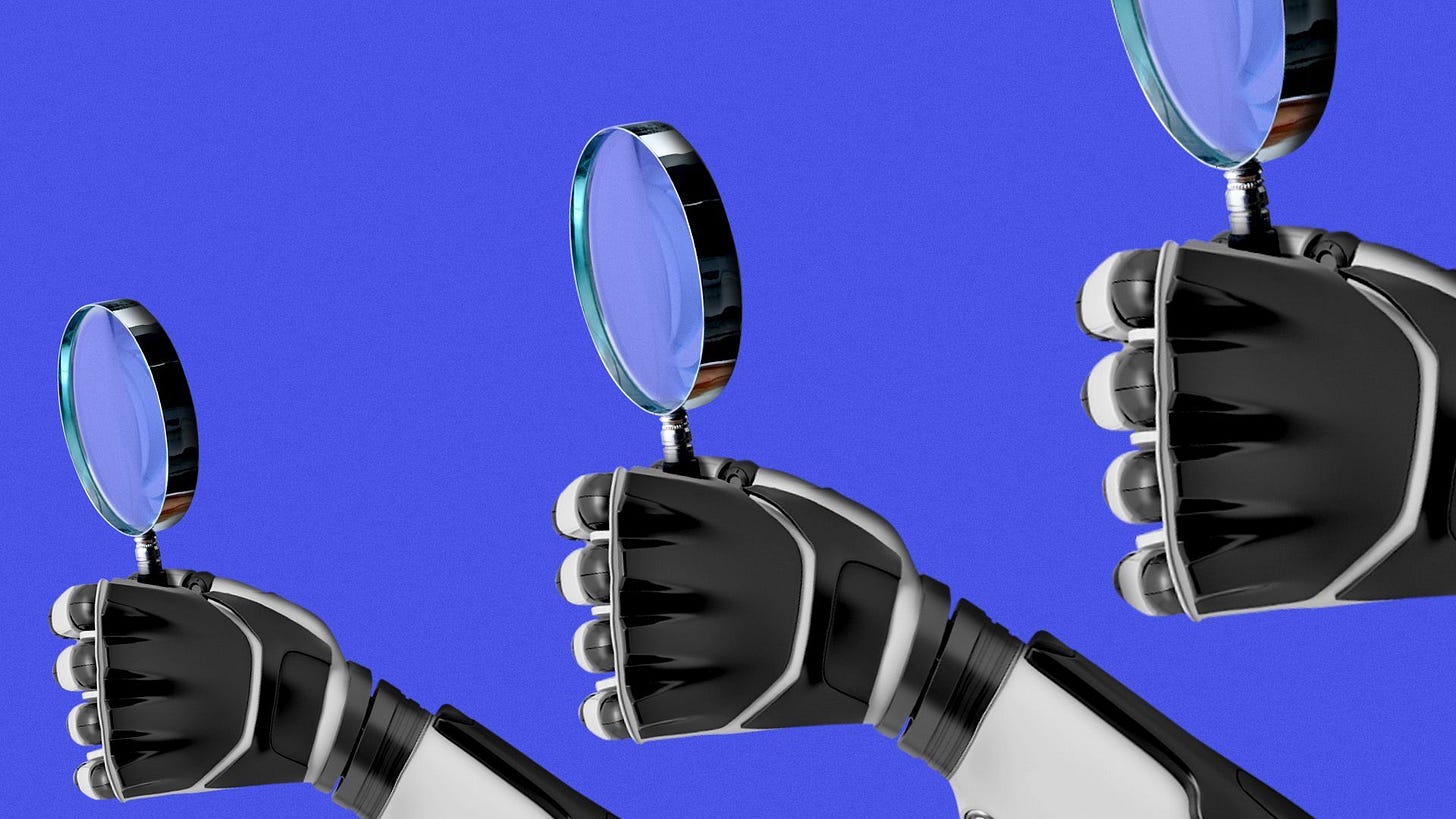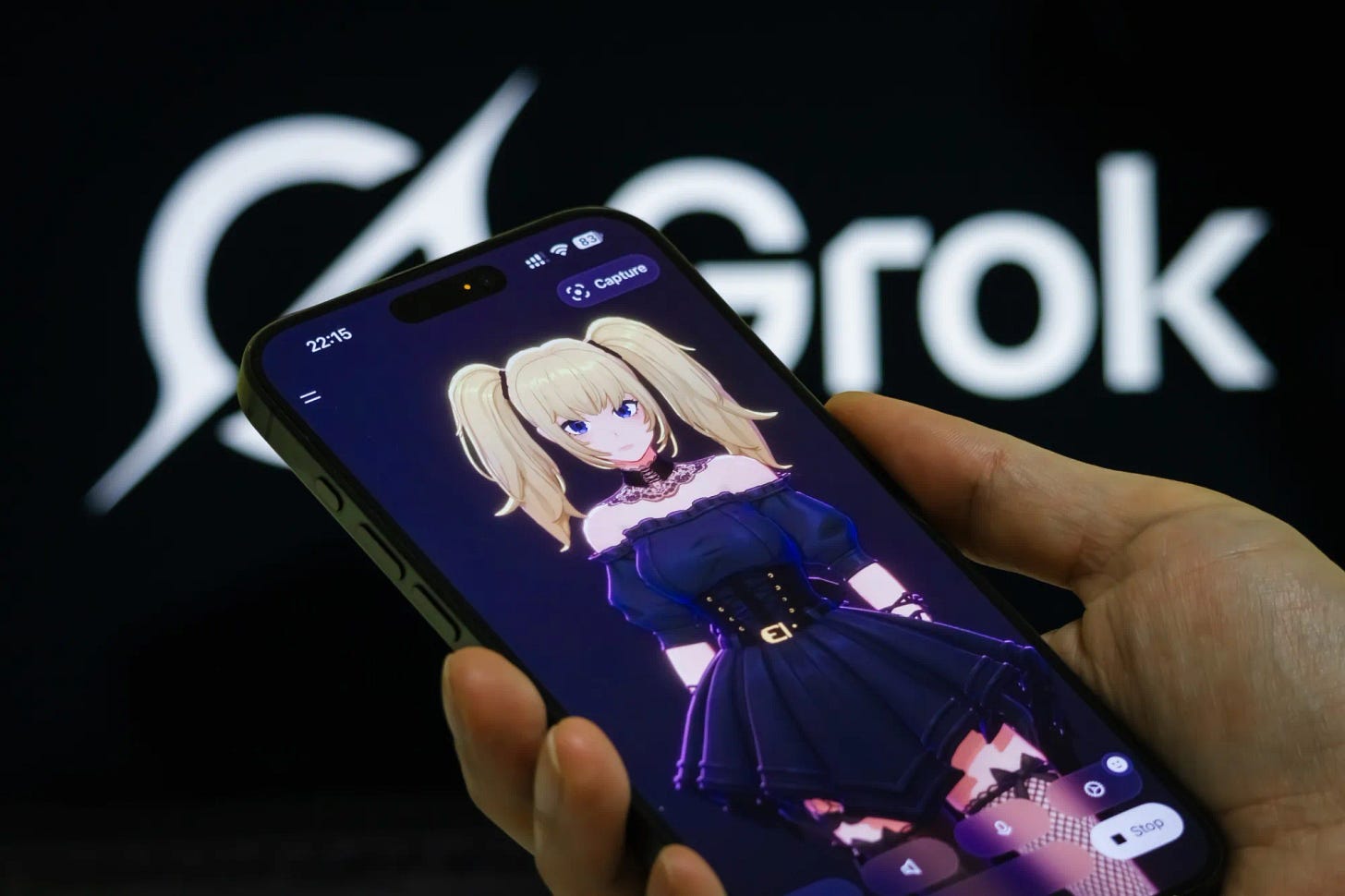
AI: OpenAI sheds light on AI usage and users. RTZ #846
As the X-Files TV show tagline goes, “The Truth is Out There”.
Since the launch of ‘OpenAI’s ChatGPT Moment’ over a thousand days ago, we’ve seen billions try out this AI thing with LLM AI across the world. All on the road to AGI, via AI Reasoning, Agents and beyond.
OpenAI alone claims over 700 million weekly users, both free and paying. But the key question has been WHAT are all those folks doing out there on ChatGPT atop the GPT models thus far in this AI Tech Wave. And the LLMs from Google Gemini, Anthropic, Elon Musk’s xAI Grok and many others. Although we have a lot of general answers, we got one with a bit more detail this week from OpenAI itself. And it’s worth perusing.
As the Washington Post lays it out in “Here’s what the data says people ask ChatGPT”:
“OpenAI released the first detailed public study on who uses its chatbot and what they most often ask it to do.”
“ChatGPT-maker OpenAI released the first detailed study of what its users do with the popular chatbot and who they are, providing an unprecedented look at how people use the artificial intelligence tool and what they talk to it about.”
Here’s the first two big reveals. The third in terms of the younger users, can be somewhat expected:
“The company reports that most ChatGPT users are women and that the majority of requests sent its way are not work-related. The user base is dominated by young people — nearly half of the conversations studied were from people aged 18 to 25.”
“OpenAI released the data Monday in a 62-page research paper, which has not been peer reviewed. It is based on chat logs from 1.5 million of ChatGPT’s users between May 2024 and June 2025. (The Washington Post has a content partnership with OpenAI.)”
They then drill down a bit:
“Here’s a rundown of what the study shows about how people use ChatGPT, and who is using the chatbot.”
“Who uses ChatGPT?”
“The AI industry, more so than even the rest of the tech industry, skews male and OpenAI is based in San Francisco, at the heart of the U.S. tech industry. But the study shows ChatGPT itself has a global and diverse user base.”
“When ChatGPT was first gaining traction in late 2022 and early 2023, around 80 percent of users had “typically masculine” first names, the company’s study found. By June 2025, that had flipped: 52 percent of ChatGPT users have feminine names, OpenAI researchers wrote.”
And ‘have-not’ countries are ramping up faster than the ‘haves’:
“ChatGPT usage is growing faster in poorer countries than it is in wealthy ones, the study said, although it did not list usage by country. OpenAI has said ChatGPT now has more than more than 700 million weekly users.”
And users young and old are using the chatbots more for personal questions than work. For now:
“What do people use ChatGPT for?”
“People are increasingly using ChatGPT in their personal lives rather than for help at work, OpenAI’s study found.”
“In June 2024, prompts to the chatbot were split roughly evenly between work and personal uses. By June 2025, nonwork uses made up 73 percent of all conversations, the company said.”
The study has a lot more detail by categories:
“OpenAI sorted the more than 1 million chats studied across that period into seven categories. The biggest was “practical guidance,” at 28.3 percent of all chats, a category the company’s researchers defined as including people seeking how-to advice, help with schoolwork and tips on working out.”
“The second biggest category was people asking ChatGPT for writing help, a use case that builds on the advances in AI text generation that birthed the chatbot and others like it.”
“OpenAI’s study found that the most popular writing task given to ChatGPT was editing or critiquing text, followed by personal writing or communication — a category defined to include helping with emails or social media posts.”
And AI Coding has been a big category, as I’ve noted in these pages.
“The ability of ChatGPT and similar AI tools to generate computer code has been enthusiastically adopted by many in the tech industry. OpenAI’s study found that around 4.2 percent of the sampled chats were related to programming.”
A big one of course is AI Search, also a popular topic around here:
“Which use cases are growing in popularity?”
“The third most popular use case for ChatGPT across the data included in the study was “seeking information,” a category the researchers said “appears to be a very close substitute for web search.”
“When OpenAI charted the changing use of ChatGPT by consumers between May 2024 and June 2024, it found that seeking information grew steadily over that period. By late June it was the second most popular use case for consumers.”
And that of course has big questions for Google and the broader internet, another burning topic around here:
“That adds to the evidence that ChatGPT could shake up the economics of online life. For many years, people seeking to read the news, look up facts or find recipes would generally have turned to Google.”
“News publishers, online retailers and many other businesses have been built around that pattern. It’s the basis of Google’s $55 billion dollar annual search ads business.”
“Google has responded by putting content from its own AI tools at the top of search results pages, sometimes pushing conventional search results further down the page where users are less likely to see them.”
Another area of course is ecommerce, aka online retail:
“In OpenAI’s study, the seeking information category also included queries by users about “purchasable products.” They accounted for 2.1 percent of all the chats in that category. Queries of that kind represent a potential business for OpenAI, which could place ads in conversations about products or earn revenue from retailers it sends traffic to.”
The next area is AI for ‘Companionship’, a topic of keen interest especially for Elon Musk and where he’s taking xAI/Grok:
“What about using ChatGPT for personal advice or as an ‘AI girlfriend?’
“Many people find it helpful to discuss their personal life with ChatGPT. The study released Monday said that 1.9 percent of conversations were related to asking for advice on relationships and feelings and “discussing personal reflections.”
OpenAI’s numbers indicate a smaller percentage focused on this activity:
“OpenAI’s researchers called this use case “fairly small,” and contrasted their findings with other research that has concluded therapy is one of the core uses of generative AI chatbots.”
“There is rising concern about incidents of people developing potentially harmful thoughts after long hours spent with chatbots.”
“The Federal Trade Commission last week launched an investigation into the potential harms of chatbots acting as “companions.” It ordered seven companies to provide information about their products, including OpenAI, Google and Meta.”
The other area is AI Personalities, given mainstream users’ propensity to anthropomorphize (aka ‘humanize’) the AIs.
“In April, OpenAI rolled back an update to ChatGPT after users complained it had become cloying and “sycophantic.” In August it reversed a decision to shut down the GPT-4o version of ChatGPT after some users protested they had formed valuable relationships with it.”
There’s even a fancier term for this mainstream predilection:
“At a dinner with reporters last month, OpenAI chief executive Sam Altman said the proportion of people who used ChatGPT for “parasocial relationships” was “very small.”
“The study released by the company Monday includes a similar category. It found 0.4 percent of the conversations studied were related to “games and role play,” defined to include scenarios where users treated the chatbot as an “AI girlfriend.”
“OpenAI is currently developing parental controls for ChatGPT that will allow parents to receive notifications about how their children use the chatbot.”
The study’s methodology is also useful to keep in mind:
“The company said it used its own AI technology to analyze the chats it studied. OpenAI claimed that allowed it to understand their content without broaching anyone’s privacy by having human researchers read individual conversations.”
“The demographic data on ChatGPT users was drawn from information provided when they signed up for OpenAI’s services.”
The full piece has useful charts and graphs that add more color to the picture.
Although the study raises even more questions across several of its revelations, it’s a good start overall. And will likely change dramatically, as far more AI applications are available with even greater Scaling of AI Compute in the coming months. It’s all just beginning in these early days of the AI Tech Wave. Stay tuned.
(Update: Anthropic also just released its own ‘Economic Index: Tracing AI’s role in the US and global economy’. Also has interesting data worth reviewing.)
(NOTE: The discussions here are for information purposes only, and not meant as investment advice at any time. Thanks for joining us here)












